
The historic Kunsu slave caves, located in the Kintampo North Municipality of the Bono East Region, are undergoing transformation into a world-class prayer sanctuary and ecotourism centre.
The initiative, led by a private developer, aims to position the site as one of Ghana’s premier tourist and spiritual destinations.
The Kunsu Slave Caves, with a circumference of about two kilometres, hold significant historical importance.
Oral tradition recounts that notorious slave raiders such as Babatu and Samore used the site as a transit point during the transatlantic slave trade.
Slaves were reportedly transported from Salaga in the Savannah Region to Kunsu, where they were kept in caves before continuing to Bono-Manso near Techiman, and subsequently to the coastal forts and castles for shipment overseas.
Prophet Okure Asamoah, the developer spearheading the project, told journalists that the site would be upgraded to a global prayer sanctuary fitted with ecotourism facilities.
He explained that the sanctuary would serve both religious and tourism purposes and generate revenue for national development, adding “Over the next three years, the project will see the construction of accommodation and sanitation facilities to make the area habitable.
During a recent visit, construction of temporary shelters was underway, and land was being prepared for religious gatherings.
“I intend to construct a helipad to allow helicopters to land, and develop modern infrastructure that can attract high-profile personalities including presidents, religious leaders, and tourists from across the world,” Prophet Asamoah stated.
He acknowledged the capital-intensive nature of the project and called on private investors to partner with him to bring the vision to life.
Tour guide and local historian, Mr Joseph Asiedu, recounted that the people of Kunsu originally migrated from Nkoranza and settled about four kilometres from the caves.
He explained that the caves were first used by their ancestors as hiding places during times of war, particularly to protect women and children. This earned the site the name ‘Bougyema’ literally meaning “rocks that keep wives and children.”
Mr Asiedu added that over time, the caves became a temporary holding ground for enslaved captives transported from communities such as Prang and Abaase en route to the coast.
Despite the historical significance of the site, several appeals by the Kunsu traditional authority to have the area developed yielded little result.
He recalled that the Ghana Tourism Authority (GTA) made an attempt in the mid-2000s to develop the site but later abandoned the plan, leaving the local community disheartened.
When contacted, the Bono East Regional Director of GTA, Mr Joseph Appiagyei, confirmed the site’s historical value and expressed support for its development.
“If the private sector is coming on board to help, I will not object. What I will raise concerns about is if their activities conflict with tourism objectives,” he noted.
He pointed out that Kunsu was blessed with several untapped tourism assets, including the historic slave market, slave routes, and waterfalls.
Mr Appiagyei added: “With the right attention, the area could attract significant visitor traffic and generate substantial revenue for the tourism sector.”
FROM DANIEL DZIRASAH, KUNSU
The post Kunsu slave caves to be transformed into world prayer sanctuary, ecotourism hub appeared first on Ghanaian Times.
Read Full Story
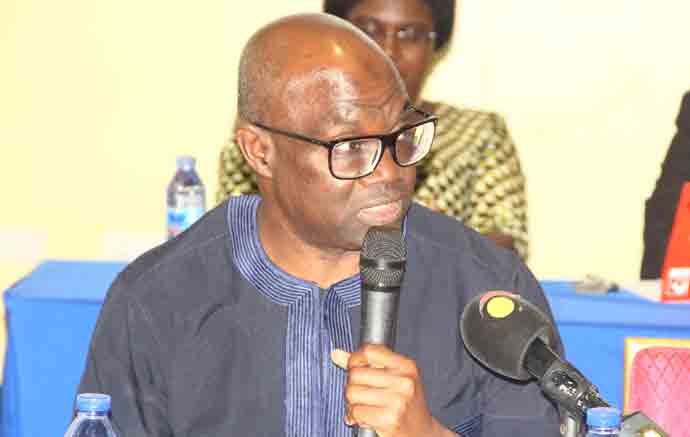
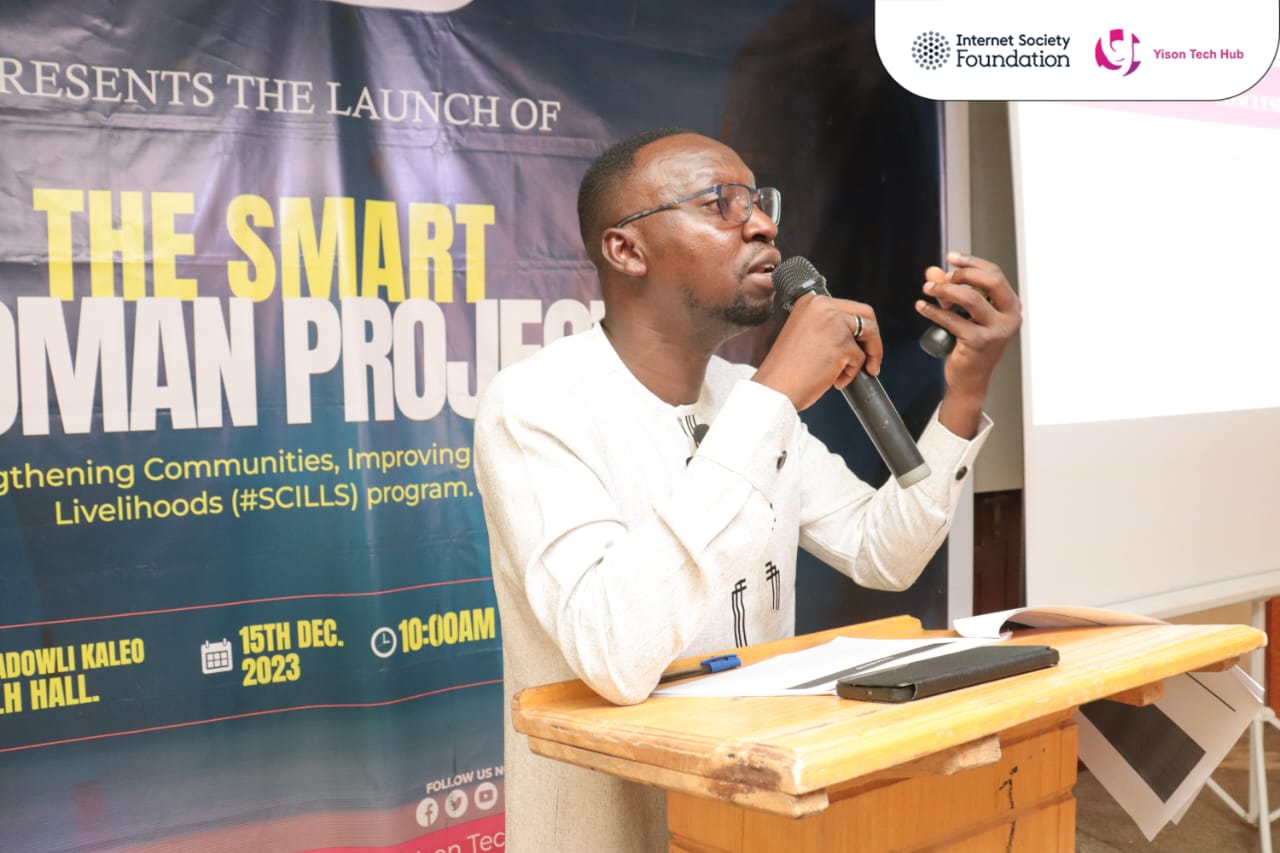
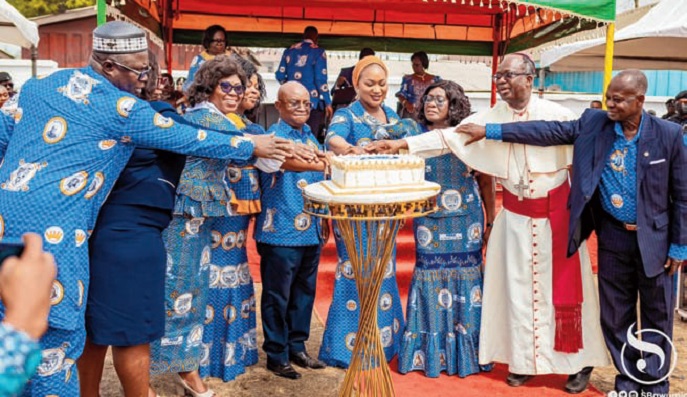
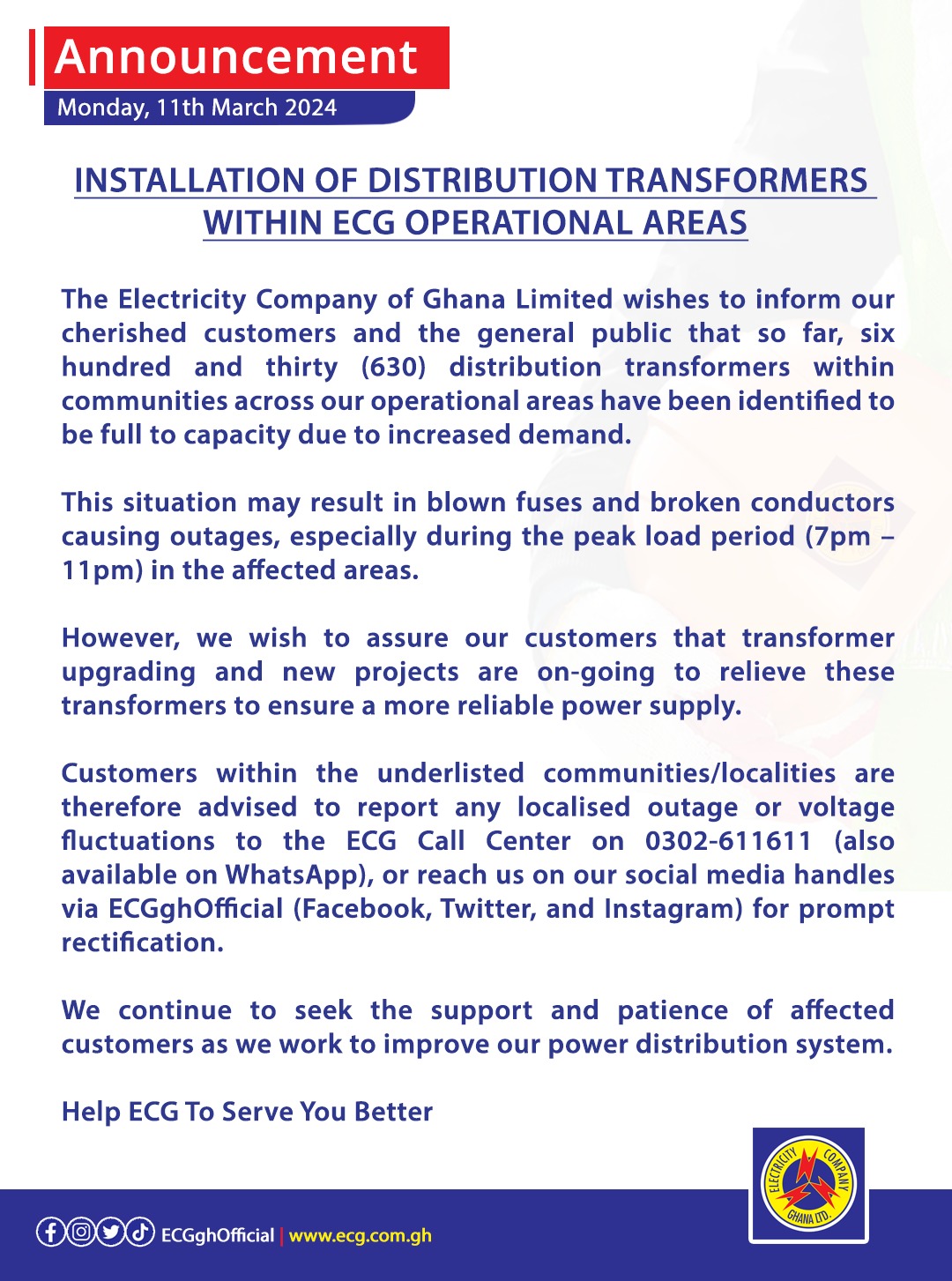




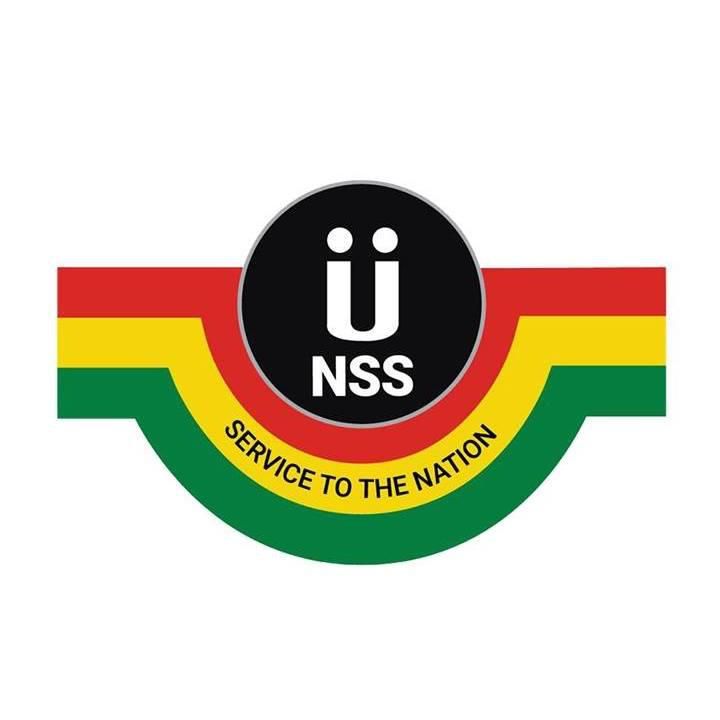
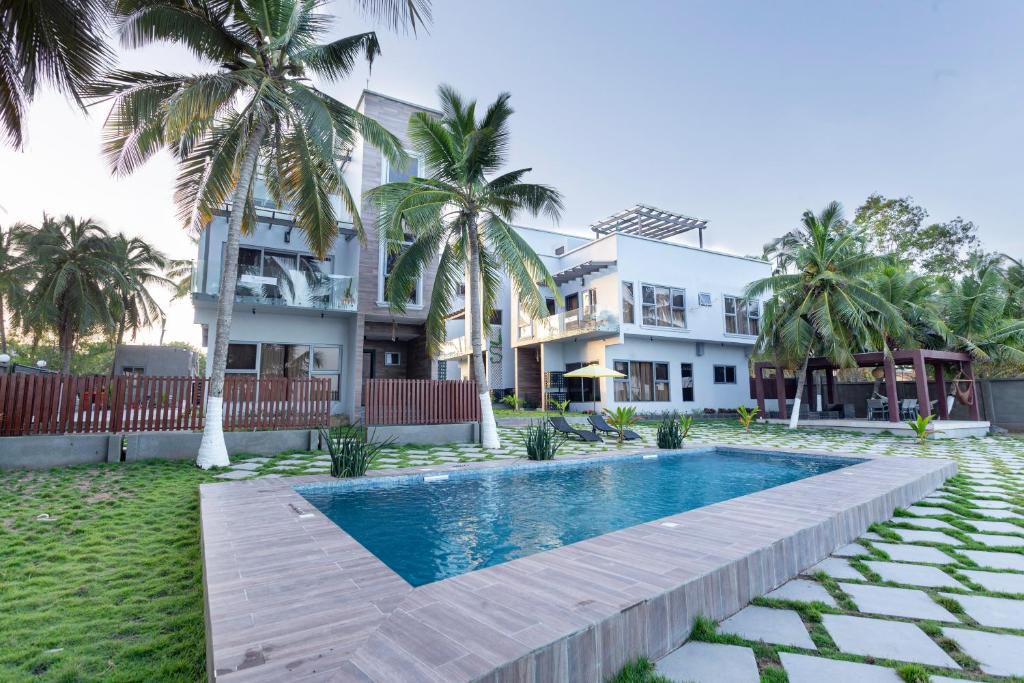

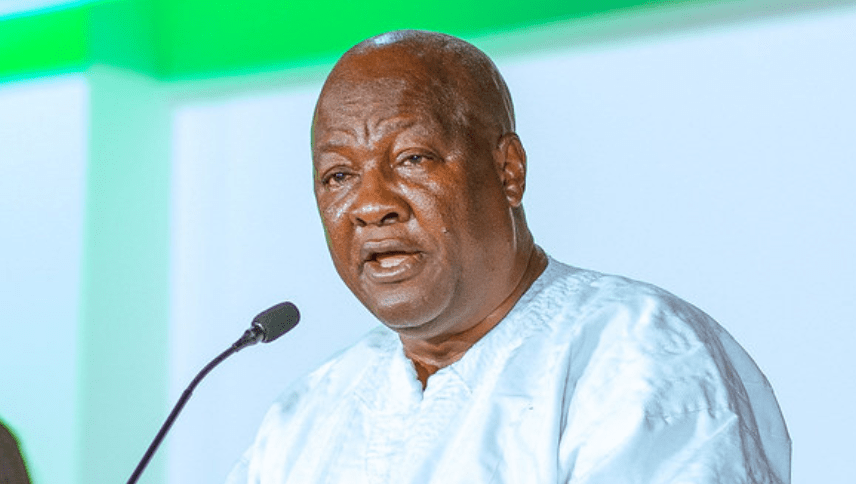






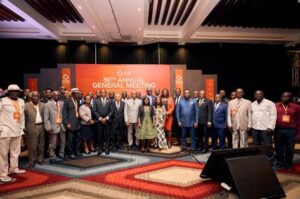
Facebook
Twitter
Pinterest
Instagram
Google+
YouTube
LinkedIn
RSS